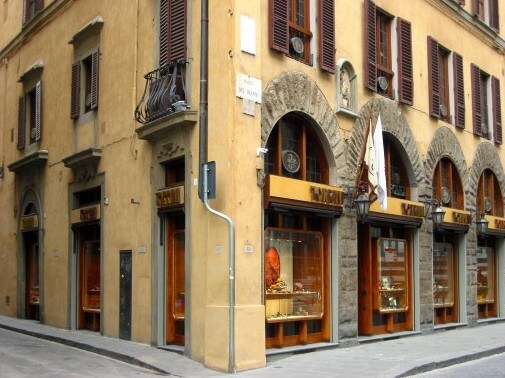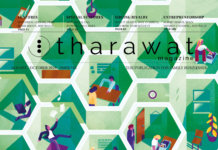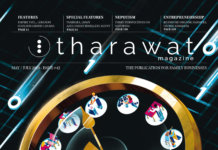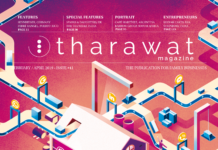It’s the early Middle Ages in Europe where the story of Italian family business Torrini begins. The family’s signum could be traced through its 650 years of history and can still be found on every piece of their carefully crafted jewellery. The Torrini family is known to be amongst the oldest ten family businesses in the world, its first generation dating back to the year 1369.
Italy is one of the world’s most industrialised countries. It has an undeniably strong position in many industries throughout the world. However, over the past few years the Italian economy has suffered a decline. The possible reasons for the downward slope of the economy are manifold. First, since the introduction of the euro, life in Italy has become much more expensive and has consequently made low-cost production all the more difficult. As a result, competing with low-cost producers like those from the Asian markets has become a real challenge for Italian firms. Another pressure, also arising from the affiliation to the European Monetary Union, is the implications of the Stability and Growth Pact, which was signed by Italy in 1997. The pact entails a limit to public deficits for all nations. Current Prime Minister Silvio Berlusconi is in office since 2008 under the presidency of Giorgio Napolitano, after having occupied this position in two previous periods (1994-1995 and 2001-2006). In both 2003 and 2008 Italy reached recession, and the unemployment level is currently at 6.6 percent (2009) on a population of more than 60 million (2008). In spite of this recent hardship, Italy continues to be known for its industrial clusters, its engineering capacity, and its unique flair for design.
Vision and Mission
The Torrini family business is amongst the ten oldest family businesses in the world. Its history traces back hundreds of years and originates in the heart of Tuscany. The Torrini vision and mission, along with the riches the family drew from its centuries of existence, are well reflected in the words of Fabrizio Torrini, General Manager of Opificio Torrini: “The Opificio Orafo Torrini has an extremely long tradition; it is a historic business that uses its experiences to create an innovative vision, which can be seen in the various sites where a progressive conversion towards more advanced entity has happened. Without forsaking the love for our own tradition, understanding it as a value that we are entitled to represent, the factory today conjugates the Florentine aesthetic sense with the entrepreneurial perspective and technology necessary to one company in order to well achieve its job”.
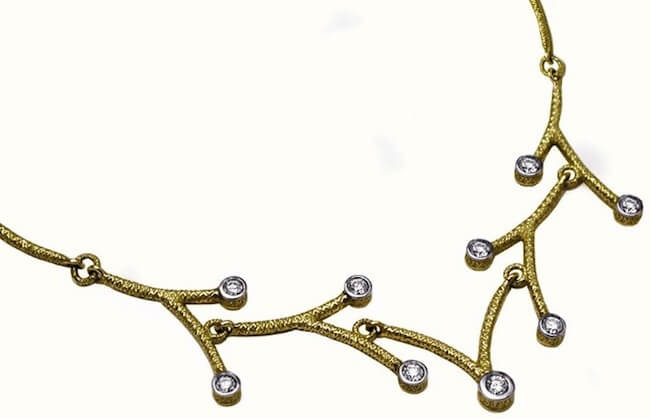
History
In the year 1369, Jacopus Torrini moved from his home village Scarperia in the Mugello area to Florence, the city that between the 14th and 16th century lived through a golden age and was claimed to be one of the most prosperous urbanities in the world. Jacopus registered his first workshop with the Guild of Craftsmen of Florence and became part of the glorious Florentine artisanship. The original document of registration was found in 1968 and reads: ‘Jacopus Turini de la Scharperia facit hoc signum’ the insignia (an emblem, distinguishing sign) representing a half four-leave clover and a spur. Till today the signum continues to be trademark and brand of all Torrini products and has been handed down from father to son for over six centuries.
Jacopus and his brother Tura were skilled armour and cuirasses producers but did not wait long to add aesthetic pieces to their production amongst which some of the finest pieces of Florentine goldsmithery may be found. Torrini’s clients at the time were knights who demanded shining armours and rich bourgeoisie that aimed to set high standards with their jewellery. Adapting to their market, the Torrini became a sophisticated goldsmith and jewellery brand. The artistic streak of both Jacopus and his brother spread their fame well beyond Florence and the family was called to expand its activities to Siena and so, left Florence behind. In Siena, the workshop started to sculpt stone and wood for interior decoration, realising some magnificent pieces that can still be admired in Motalcino, Sant’Ansano, and Siena.
As the Torrini family grew, it produced not only artisans but also some of the regions finest artists such as Barna, Turino, and Giovanni Turini. Giovanni’s connections extended to recognised artists such as Quercia, Donatello, and Ghilberti.
The family continued to be an important influence in Siena during the 15th century, yet around 1500, the Torrinis moved to Umbria, home to the Mugello region, and finally, returned to their beloved Florence in the 18th and 19th century. It is said that Francesco Torrini had a shop on the famous Ponte Vecchio in 1703. Another family member, Giocondo Torrini, born in 1827, is proven to have gained international fame at European World’s Fairs benchmarking against French and English design and fashion. Some of Giocondo’s pieces can even be found in the British Museum, bearing next to his own name, still and always, a half four-leaf clover and spur, the signum of his forefather Jacopus.
The family founded a museum that houses around 200 pieces of goldsmithery, which bear the signum. This trademark permits the reliable identification of Torrini pieces that were retrieved from all over the world, and allowed to trace the family’s history over six centuries. The Torrini Museum is probably this family’s most fervent vision and mission statement, glorifying the creation of beauty as artisans and artists, with a passion that lasted over centuries of social, political, and economic change.
Today
Today, the Torrinis run their historical store and the museum in the heart of Florence on Piazza Duomo, displaying their latest collections, which much like the ones of their forefathers do not fail to charm with that mixture of due nostalgia and the integration of contemporary trends. From Gina Lollobrigida to Hillary Clinton, from Prince Karim Aga Kahn to UK ex-prime minister John Major, Torrini jewellery is worn all over the world. The company today is still fully run and owned by the Torrini family.
The Torrinis are active in the Italian and European family business community. For instance, the Italian Association for Family Businesses (L’Associazione Italiana delle Aziende Familiari), awards a family business prize each year which has been designed and produced by the House of Franco Torrini.
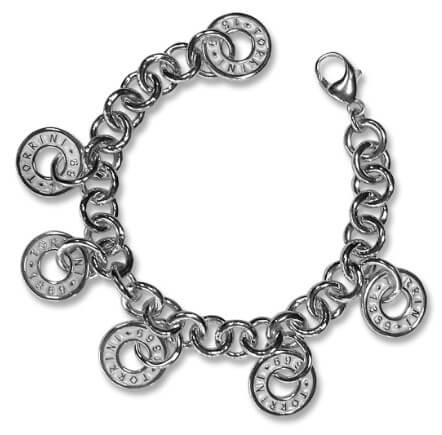
Moreover, the family has become an object of study at universities teaching family business subjects, management, and economics. The Torrini family has been honoured, by the acknowledgement of the International Association ‘Les Hénokiens’, an association of family and bicentenary companies.
Today, the workshop in Florence combines its centuries of expertise with the newest software technology to excel in its design. These designs are then realised by a team of highly skilled goldsmiths. And so the house of Torrini continues its craftsmanship and it can only be hoped that a half four-leaf clover and spur will be found on jewels around the world for many decades to come.
Tharawat Magazine, Issue 3, 2009


